
When to Install Car Seat: A Comprehensive Guide for New Parents
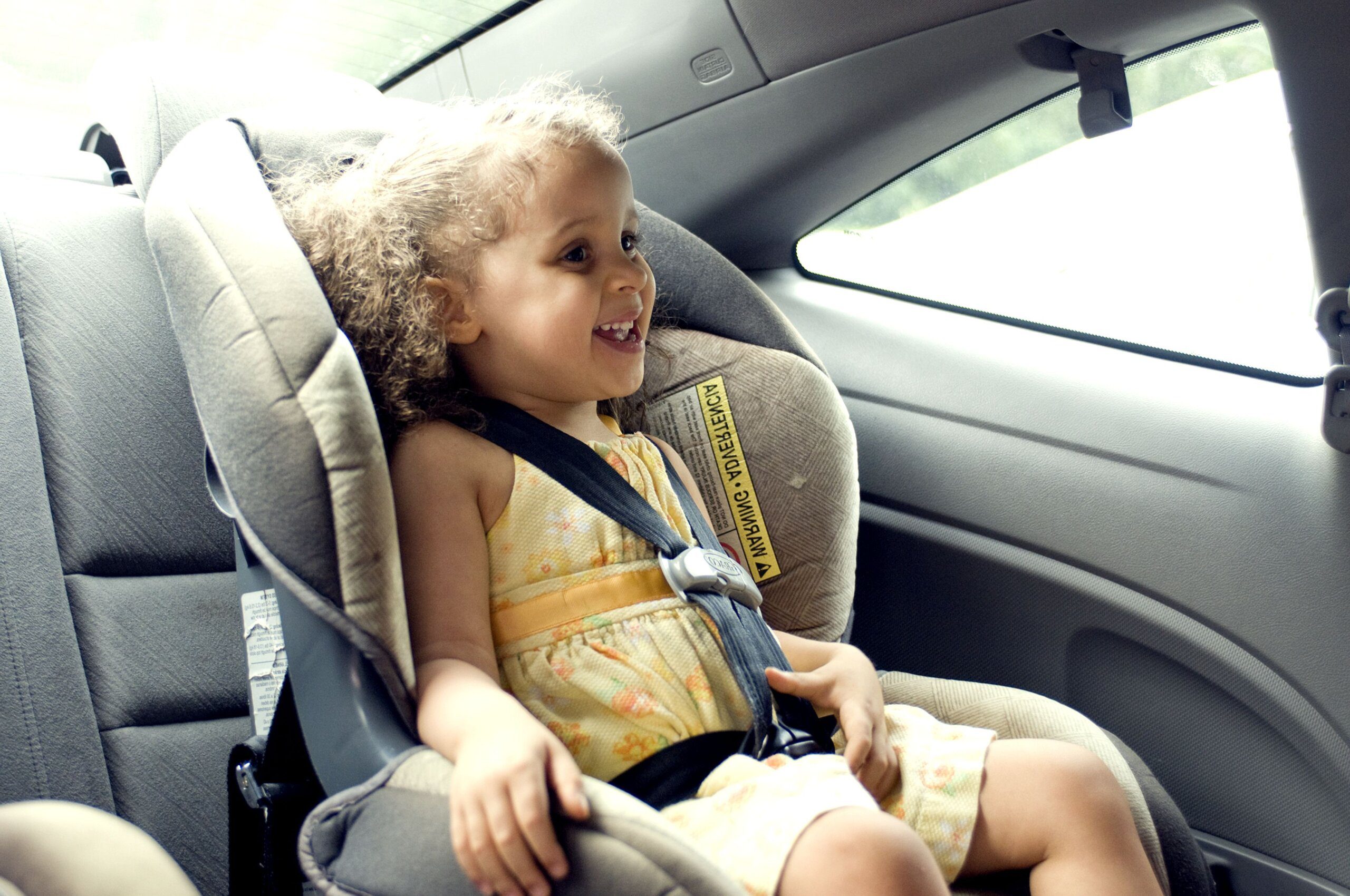

When it comes to ensuring the safety of our children on the road, one of the most critical factors is proper car seat installation. It is impossible to stress how important this is. In case of an accident, car seats serve as a protective cocoon, lowering the chance of damage or mortality. Owning a car seat is important, but it must be placed properly and in accordance with safety standards.
In this article, we will delve into the basics of car seat safety, when to install car seat, the different types of car seats, and provide step-by-step instructions for installing rear-facing and forward-facing car seats.
When to Install a Baby Car Seat?
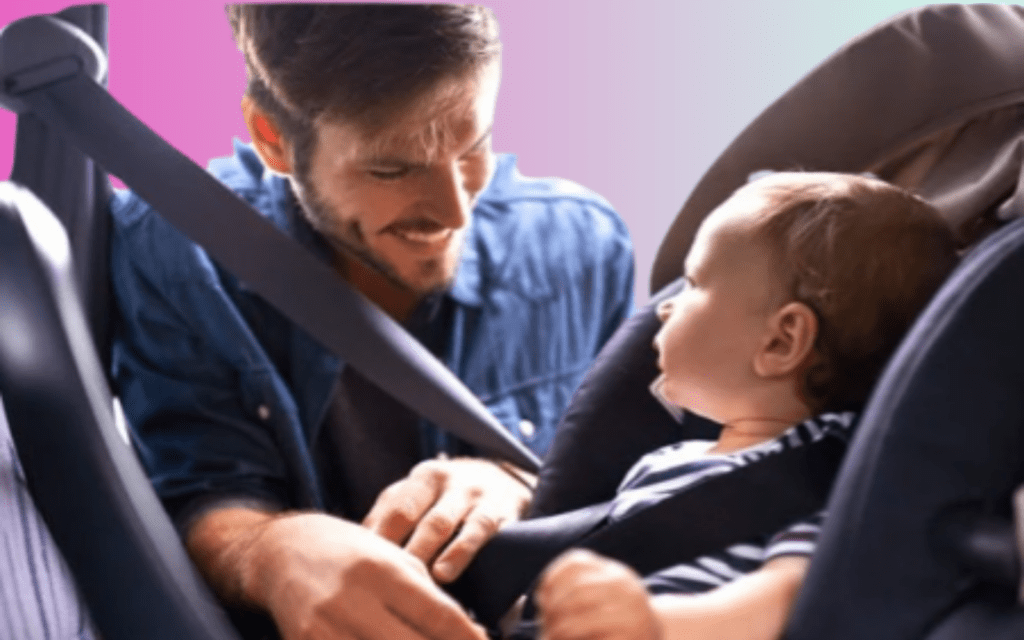
Before your kid is born, you should install a baby car seat to make sure you are ready for their first trip. Keep your child in a rear-facing car seat from the beginning and for as long as you can. Follow the manufacturer’s recommended height and weight limitations when switching your child from a rear-facing seat to a forward-facing one. When your child outgrows the forward-facing seat, usually between 4 and 8 years old, transition to a booster seat. When deciding when to install and switch between different types of car seats, always prioritize your child’s safety by consulting the instructions provided by the regulatory agencies and car seat manufacturers.
The Basics of Car Seat Safety


Learning when to install car seat isn’t enough as when it comes to ensuring the safety of your child in a vehicle, understanding the basics of car seat safety is crucial. This entails selecting the appropriate car seat based on your child’s age, weight, and height in addition to adhering to safety rules and regulations. Let’s delve deeper into these key features:
Choosing the Right Car Seat
Selecting the appropriate car seat is fundamental to ensuring your child’s safety. There are different types of car seats designed for specific age groups and developmental stages:
- Infant Car Seats: These rear-facing seats are suitable for newborns and young infants. They provide essential support for their fragile neck and spine.
- Convertible Car Seats: Convertible seats offer versatility as they can be used in both rear-facing and forward-facing positions. They accommodate infants as well as older children, making them a cost-effective option.
- Booster Seats: Booster seats are designed for older children who have outgrown their forward-facing car seats. They elevate the child, allowing the vehicle’s seat belt to fit properly across their body.
Following Safety Guidelines and Regulations
Adhere to safety guidelines and regulations provided by organizations such as NHTSA and AAP to ensure optimal safety standards are met and followed.
Meeting Safety Standards and Regulations
Prioritize car seats that comply with the required safety standards and regulations of your country, providing assurance of rigorous testing and safety requirements being met.
Installing the Car Seat Correctly
Proper installation is crucial for the car seat to function effectively during a crash. Always refer to the car seat manual and the vehicle’s manual for specific instructions on installation. The car seat should be securely attached to the vehicle using either the seat belt or lower anchors, depending on the seat and vehicle model.
Familiarizing Yourself with Safety Features
In addition to installing the car seat correctly, familiarize yourself with the safety features in your vehicle. Some vehicles have anchor points or specific safety mechanisms that can enhance the installation and security of the car seat. Understanding these features and utilizing them properly can further ensure your child’s safety.
Regularly Checking and Maintaining the Car Seat
Conduct regular checks of the car seat to ensure it is properly fastened, the harness is adjusted correctly, and there are no signs of wear or damage that could compromise its effectiveness.
Preparing for Installation


After understanding when to install car seat and its basic safety guidelines, you are ready for the next step. Before installing a car seat, it’s important to take necessary steps to ensure a successful and safe installation process.
- Read the car seat manual: Familiarize yourself with the car seat manual, as it provides detailed instructions specific to the model you have. It contains crucial information on installation, proper harnessing, and any specific considerations for your child’s safety.
- Familiarize yourself with the vehicle’s manual: Review your vehicle’s manual to understand the specific guidelines and recommendations for installing a car seat. It will provide information on seat belt configurations, anchor points, and other safety features that can impact the installation process.
- Choose the appropriate location: Selecting the right location in your vehicle is crucial for installing the car seat. Some vehicles have designated anchor points or safety mechanisms that enhance the installation and security of the car seat. Refer to both the car seat manual and the vehicle’s manual to determine the optimal location.
- Gather necessary tools and accessories: Before starting the installation, make sure you have all the tools and accessories required for the process. This may include items like a locking clip, tether strap, or vehicle-specific adapters. Refer to the car seat manual to ensure you have everything needed for a proper installation.
Rear-Facing Car Seats for Newborns and Infants
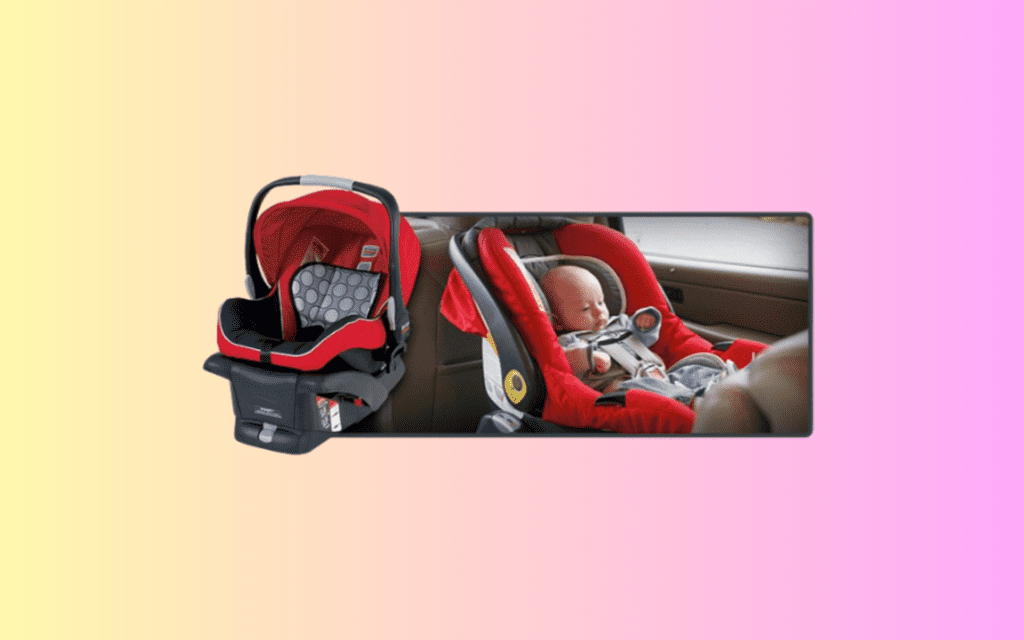

Installing a rear-facing car seat is the safest option for newborns and infants. Install a rear-facing car seat before your baby’s first journey in the car, even for short distances. It is recommended to have the car seat ready before the baby arrives. Follow these steps to install:
- Adjust the harness: Ensure the harness straps are positioned at or below your baby’s shoulders and fit snugly. The chest clip should be at armpit level for proper placement.
- Position the car seat: Install the car seat at the correct angle. Most seats have built-in indicators or leveling systems to assist with achieving the proper recline angle. Follow the manufacturer’s instructions to ensure the seat is at the correct position.
- Secure the car seat: Use either the vehicle’s seat belt or lower anchors to secure the car seat. If using the seat belt, make sure it is threaded through the correct path and buckled tightly. If using lower anchors, attach them to the designated anchors in the vehicle and tighten the straps.
- Test for a secure fit: After installation, give the car seat a firm tug to check for any excessive movement. It should be tightly secured and not shift more than an inch in any direction.
- Check the angle: Ensure the car seat is at the appropriate angle, typically within a range specified by the manufacturer. This helps keep your baby’s head properly supported and prevents slumping.
Transitioning to a Forward-Facing Car Seat
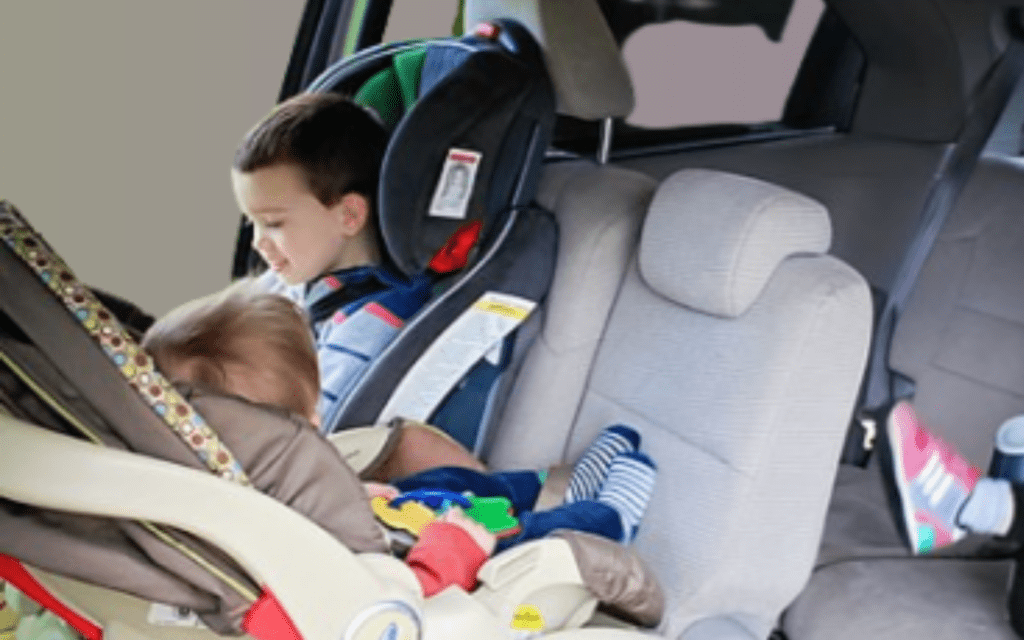

As your child grows, there comes a time when transitioning to a forward-facing car seat becomes appropriate. The guidelines for installing a forward-facing car seat differ from those of a rear-facing seat.
It is crucial to use the appropriate harness and secure the seat tightly to minimize movement during an accident. Adjusting the car seat to the correct position, both in terms of angle and height, is vital for maximum safety and comfort.
Booster Seats and Belt Positioning
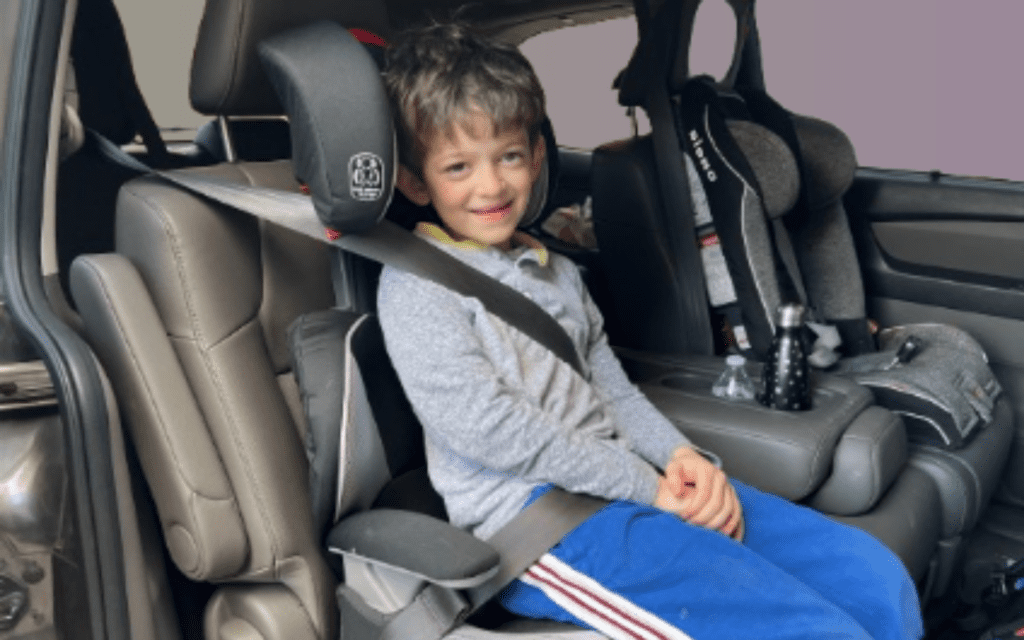

When children outgrow their forward-facing car seat, transitioning to a booster seat is the next step. Booster seats are designed to elevate the child, enabling the vehicle’s seat belt to fit properly across their body.
Understanding the age and weight requirements for transitioning to a booster seat is essential. Equally important is teaching children about proper belt positioning and ensuring that they are secured correctly in the booster seat.
Conclusion
Installing a rear-facing car seat for your newborn or infant is a crucial step in ensuring their safety during car journeys. Whether you use the vehicle’s seat belt or lower anchors, make sure it is tightly secured, giving the seat a firm tug to check for any excessive movement.
Don’t hesitate to consult the car seat manual or reach out to certified car seat technicians if you have any doubts or concerns. By learning when to install car seat and prioritizing a secure installation, you can provide maximum protection for your little one while on the road. Safe travels!




Thank you for your sharing. I am worried that I lack creative ideas. It is your article that makes me full of hope. Thank you. But, I have a question, can you help me?
You’ve done a great job explaining this. Thanks!
Thanks for sharing. I read many of your blog posts, cool, your blog is very good.
Thanks for sharing. I read many of your blog posts, cool, your blog is very good.
I don’t think the title of your article matches the content lol. Just kidding, mainly because I had some doubts after reading the article.
Your article helped me a lot, is there any more related content? Thanks!
Thanks for sharing. I read many of your blog posts, cool, your blog is very good.
Thanks for sharing. I read many of your blog posts, cool, your blog is very good.
I don’t think the title of your article matches the content lol. Just kidding, mainly because I had some doubts after reading the article.
Thank you for your sharing. I am worried that I lack creative ideas. It is your article that makes me full of hope. Thank you. But, I have a question, can you help me? https://www.binance.com/en-IN/register?ref=UM6SMJM3
Can you be more specific about the content of your article? After reading it, I still have some doubts. Hope you can help me.
Your point of view caught my eye and was very interesting. Thanks. I have a question for you. https://accounts.binance.com/en-ZA/register?ref=JHQQKNKN
Can you be more specific about the content of your article? After reading it, I still have some doubts. Hope you can help me.
Thank you for your sharing. I am worried that I lack creative ideas. It is your article that makes me full of hope. Thank you. But, I have a question, can you help me?
Can you be more specific about the content of your article? After reading it, I still have some doubts. Hope you can help me.
Thanks for sharing. I read many of your blog posts, cool, your blog is very good.
Thank you for your sharing. I am worried that I lack creative ideas. It is your article that makes me full of hope. Thank you. But, I have a question, can you help me?
Thanks for sharing. I read many of your blog posts, cool, your blog is very good.
Can you be more specific about the content of your article? After reading it, I still have some doubts. Hope you can help me. https://www.binance.info/bg/register?ref=V2H9AFPY
Can you be more specific about the content of your article? After reading it, I still have some doubts. Hope you can help me.
Thanks for sharing. I read many of your blog posts, cool, your blog is very good.
Thank you for your sharing. I am worried that I lack creative ideas. It is your article that makes me full of hope. Thank you. But, I have a question, can you help me?
Your point of view caught my eye and was very interesting. Thanks. I have a question for you.